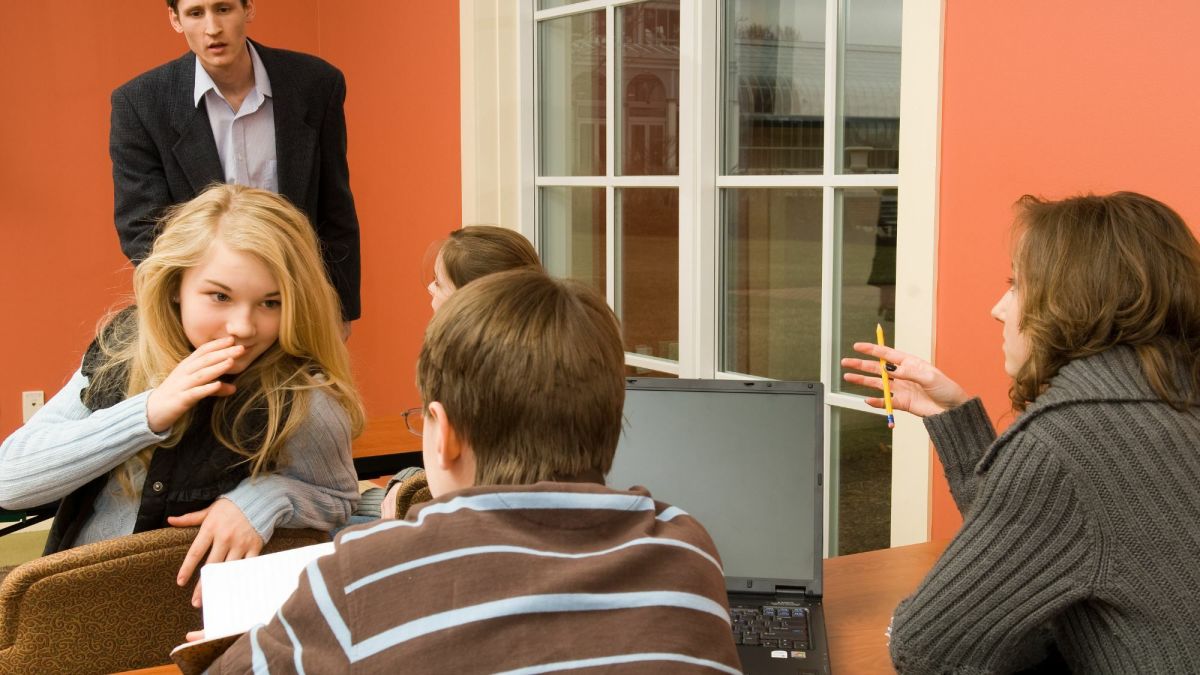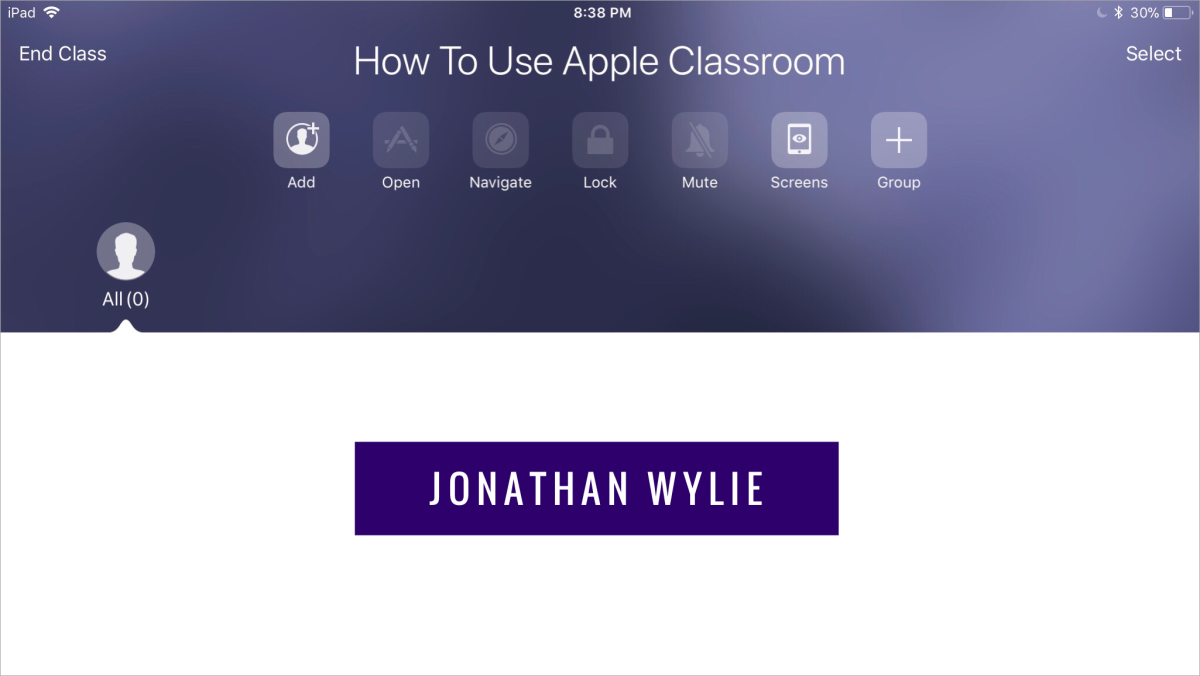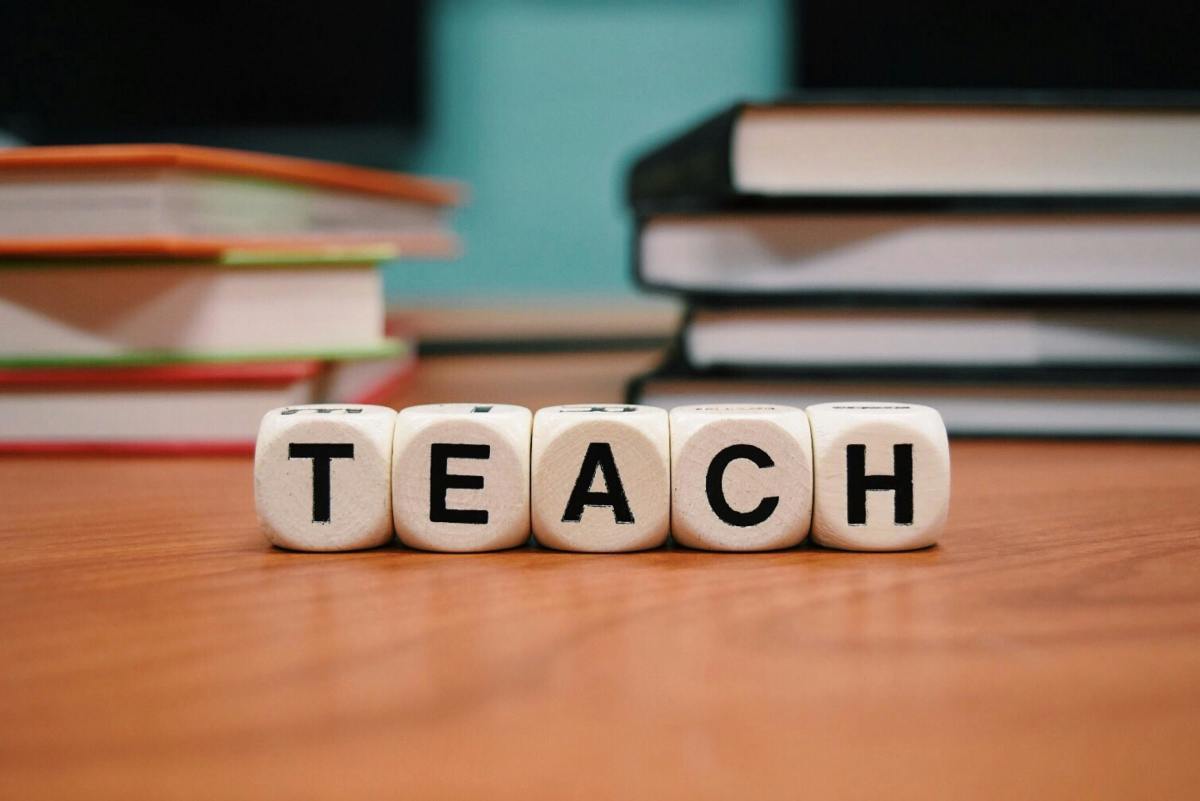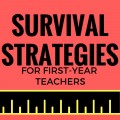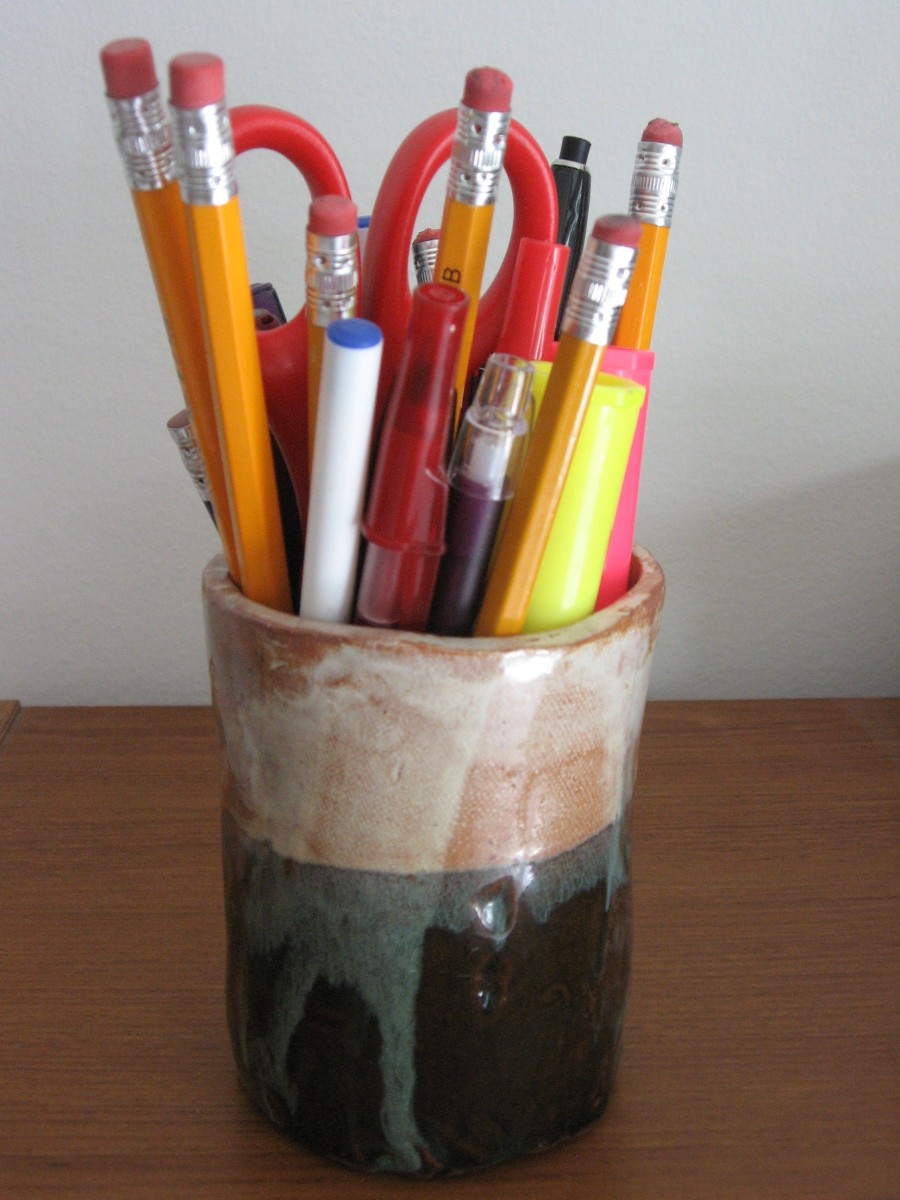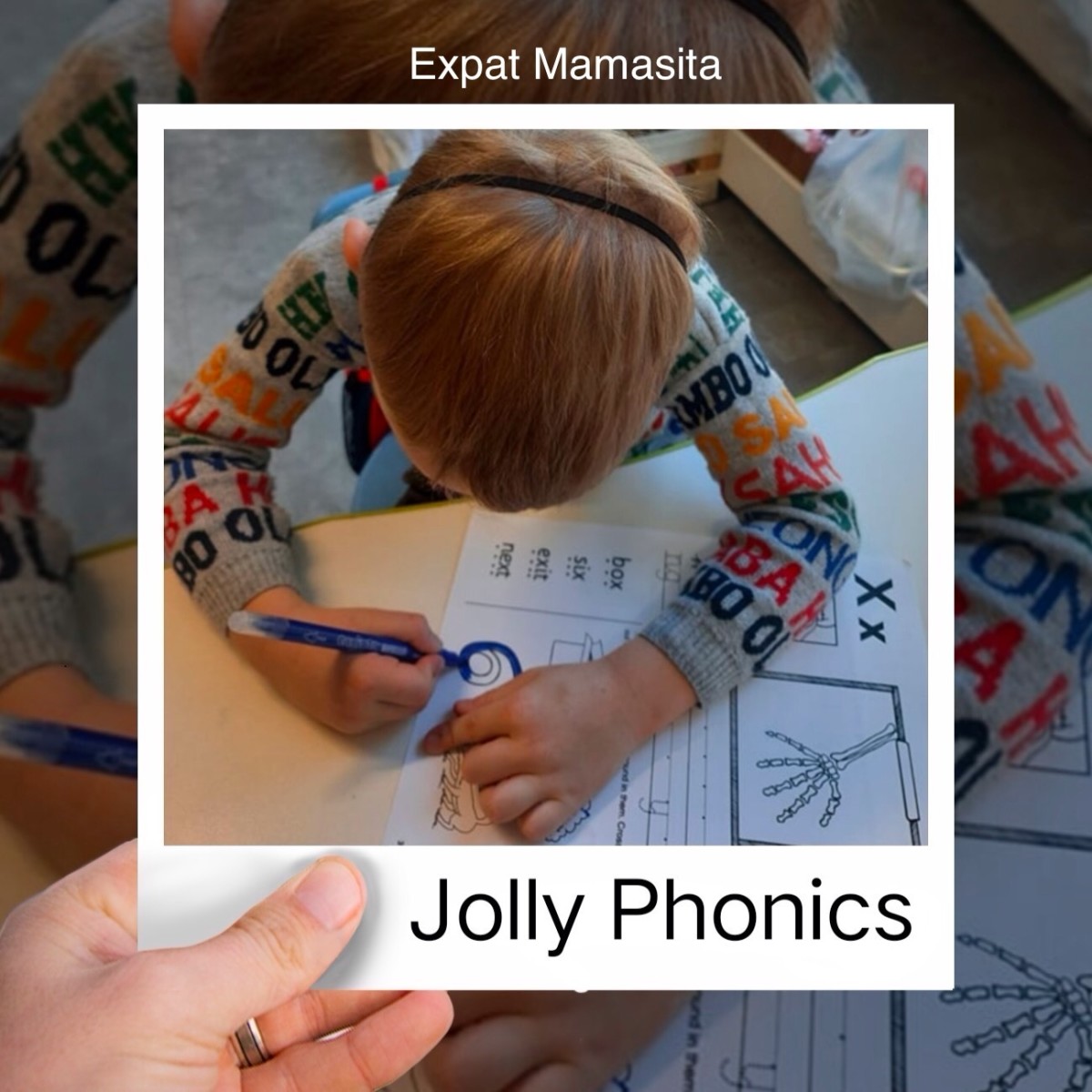Classroom Management Solutions
Research Says...
Classroom management is the single most important factor that makes or breaks a teacher's year. Many studies have shown that teachers who leave their jobs within their first five years depart because of the difficulty of managing student behavior. After pooling data from over 200 meta-analyses, researchers have found that classroom management is the number one factor that affects student achievement.
Student achievement is impacted by a teacher's ability to manage a classroom because when students are exhibiting inappropriate behavior during instructional time, learning stops and drama begins. Many students recognize that it is their job to learn while in school, but others are self-designated to be the ones to derail learning for everyone.
With high-stakes testing on the line, student achievement is more important than ever before with most of the United States schools adopting the Common Core Standards. Teachers need to regain control of their classrooms and find more time to instruct their students. The less time they spend managing behavior, the more time students will have to interact with and learn content.

What To Do?
Teachers Need To Remain Calm
The first mistake teachers make when disciplining students is to get into a power struggle with them. As soon as a power struggle begins, it is the beginning of the end for the teacher. The most important thing for the teacher to do at the time that a sassy student talks back is to remain calm.
When teachers remain calm, they also need to refrain from engaging the disruptive child in a conversation. Practicing close but not "in your face" proximity to the student is a good idea. Perhaps even saying a few words to the student is in order, such as, "We need quiet in the room to read." Most of the time, however, silence can be extremely powerful. Just making eye contact and letting the student know that s/he has been discovered can make a difference.
Some students thrive on getting the teachers into a power struggle, so the calmer the teacher remains, the better.

Teachers Need To Explicitly Model and Teach Expectations
There's something to be said about the phrase, "Practice Makes Perfect" when it comes to teaching students appropriate behaviors. All students need time to practice the correct behavior over and over until it becomes a part of who they are inside. Teachers need to take the time to model correct behavior, ask students to practice correct behavior, and be consistent with acknowledging correct behavior.
When teachers expose students to correct models of behavior, they need to do so in a very clear, concise manner, giving students a chance to see it, hear it, and then practice it over and over again.
One quick word of caution...make sure students don't spend time practicing how NOT to behave, but dedicate 100% of practice time to expected behaviors.
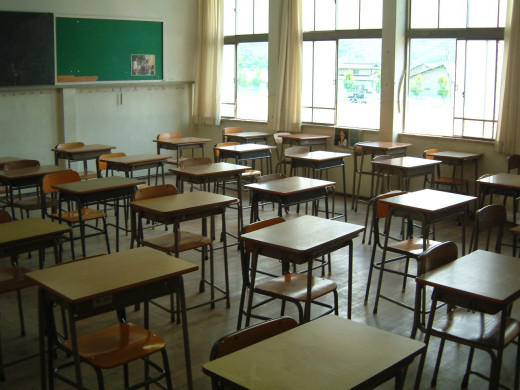
Maintain Good Proximity
Some teachers may only think of which students to keep separated in class and which students to seat next to others so they can act as tutors. Many times, teachers don't think much about the flow of traffic, where instruction will be delivered, and how to minimize distractions for students. When designing classroom layouts, proximity to students is an important factor to keep in mind.
Teachers need to be able to access each student in the classroom with ease. They cannot sit so close together that there is no space to wander between rows and columns. If students are seated on pods or small groups, it is important for the teacher to have physical access to each group. Good classroom managers are able to wander through a flow-path in the classroom so they can be close to those who need the proximity to keep them on task.

Provide Unconditional Love
As soon as students know that teachers care about them, believe in them, and respect them, they will do anything to succeed for that special mentor or guide. Teachers have to earn respect and trust from students, however, over time. Building strong relationships with students is one of the most important keys to classroom management success.
One way for teachers to build relationships with students is to take the time to know them as people rather than just students. When teachers show up at soccer games, at opening night of the musical, or at Homecoming, students feel special. Some teachers may feel the curriculum pressure and do not take the time to get to know their students.
Remember to discipline the behavior, not the student!
Encourage Reflective Practice
When students make poor choices in the classroom and continue to disrupt learning, they need to be held accountable for their actions. Teachers need to do this, however, without giving up their precious instructional time. As a result, a system needs to be set up so that students are removed from the classroom and asked to spend some time, elsewhere, reflecting on their negative behaviors.
Children learn best when they can process through their poor choices and learn from them through reflection and change of behavior. They will change their behaviors when they are held accountable for their actions and there's consistent follow-through.
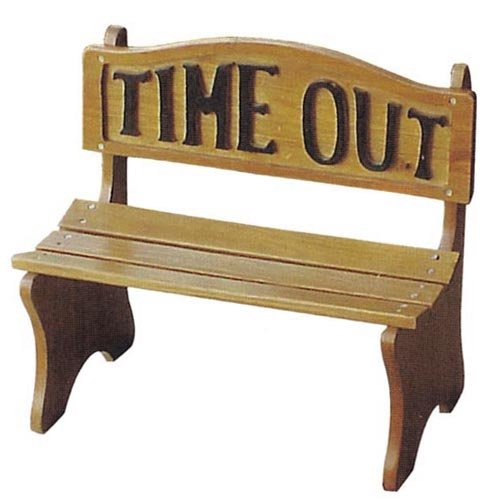
Whatever system teachers put into place, they need to make sure students are extremely clear on the expectations.
**I have been an educator of over 19 years and can attest to the fact that classroom management is the biggest key to success for a teacher, whether it's with a room full of five-year olds or teenagers.

